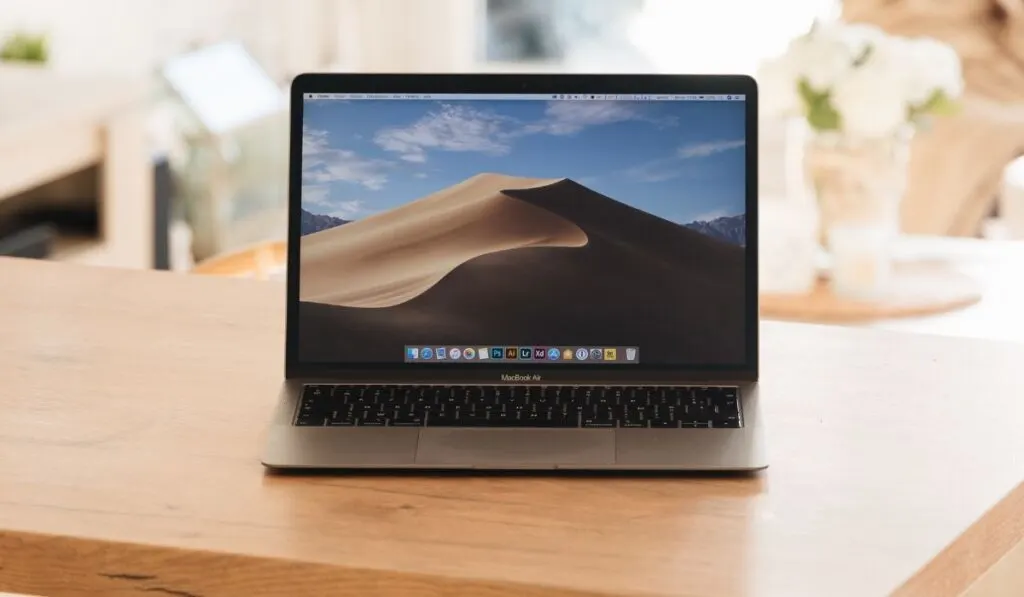While laptop speakers may not be the best in terms of fidelity and sound, it’s still incredibly frustrating when they suddenly stop working. To accurately pinpoint the problem and fix the sound issue, you’ll have to check each potential issue, perform all available fixes, and then check if it is resolved.
Your laptop’s sound may not work because of muted speakers, speaker configuration issues, bad drivers, or faulty hardware. For a PC, try changing the audio device and disabling audio enhancements. Checking system preferences and restarting the PRAM may fix the problem for a MacBook.
The good thing about a sound issue is that there are several solutions you can try. Let’s look at what causes a laptop’s sound to stop working in the first place and how you can fix the problem on both PCs and Macs so that you can go back to your jamming session in no time.
What Causes a Laptop’s Sound to Stop Working?
Several possible reasons may be behind your laptop’s sound issue, such as:
- Sound settings: Simple problems, like muted speakers, usually cause this issue.
- Speaker configuration: More complex configuration issues, such as the speakers not being the default audio device, can cause sound problems.
- Bad hardware: Your laptop’s speakers themselves might have been damaged, become disconnected, or gone bad.
- Bad drivers: Out-of-date or corrupt audio drivers can also prevent your laptop’s sound from working.
What to Do if Your Laptop Has No Sound

If your laptop doesn’t have any sound, then the first thing you should do is check that the volume in the app you’re currently using isn’t turned down.
It’s also advisable to try restarting your laptop, using a different app, playing some other audio file, DVD, or CD, or playing the audio on a different media player or computer to isolate and determine the problem.
How to Troubleshoot on a PC
It can be challenging to pinpoint the problem accurately: are your headphones the culprit, or is something wrong with your computer? If your laptop’s sound isn’t working, then here are a few troubleshooting tips you should try:
Change the Audio Device
- Right-click on the speaker icon in your screen’s bottom-right corner.
- Select Open Sound Settings.
- Select Sound Control Panel on your screen’s right and then go to the Playback tab.
- Choose the audio device you want to use. If that particular device isn’t visible, right-click and check Show Disabled Devices.
- Click on the audio device you want and select the Set Default option.
- Keep trying different devices until you find the one that provides sound.
Disable Audio Enhancements
- Right-click on the speaker icon in your screen’s bottom-right corner.
- Select Open Sound Settings.
- Select Sound Control Panel on your screen’s right and then go to the Playback tab.
- Right-click on the audio device you’re using and select Properties.
- Click on the Enhancements tab and deselect the audio enhancements option.
Update or Install Drivers
- Click on the Start Menu and type in Device Manager.
- Press Enter to access the Control Panel.
- Scroll down until you find Sound, Video, and Game Controllers, and click on the arrow to its left to expand it. This will display a list of all your PC’s possible audio devices.
- If you see a yellow exclamation mark next to any of the audio devices, you’ll need to install its driver by following the instructions on its manufacturer’s website.
Update the BIOS
- Restart your PC and press F2, Delete, or any other key at startup to access the BIOS/UEFI setup menu.
- In BOIS, go to the Advanced tab and check whether the sound card is enabled. If not, enable it.
- If the sound issue persists, update your BIOS and check if that fixes the problem.
How to Troubleshoot on a MacBook

If restarting your Macbook didn’t fix its sound problem, then these fixes may help get its internal speakers working again:
Check System Preferences
- Open System Preferences.
- Select Sound.
- Then go to the Output tab and choose Internal Speakers.
- Make sure the Mute box next to Output Volume isn’t muted.
- Move the Output Volume slider entirely to the right.
Check your Macbook’s Ports
Along with disconnecting anything plugged into your Mac’s audio port, make sure you remove the devices connected to the HDMI, USB, and Thunderbolt ports, as they might be channeling audio. Then, recheck your Macbook’s sound.
Check the Headphone Jack
If a bit of dust or debris is stuck in the headphone jack, your Macbook might mistake it for a device plugged in. Try blowing air into the jack to see if you can dislodge the accumulated dust or debris.
Then, plug your headphones in while holding the Volume Up or Volume Down button to see if that resolves the problem.
Reset the PRAM
Restart your Macbook while holding down the Option, Command, R, and P keys. Keep holding them until your MacBook starts and chimes. Release them once it chimes again, and then check the sound.
How to Know if Your Speakers Need Repairing
If none of the above solutions work, the speakers are possibly faulty, or there’s a loose wire inside your laptop. If your computer came with a repair manual, then it’s best to open it up and try to fix the problem yourself.
You can also send your laptop to a professional for repairs. If it’s still under warranty, it’s best to send it back to its manufacturers for a proper fix. However, if you’ve passed the warranty period, it’s advisable to find a trusted local shop that can solve the problem.
